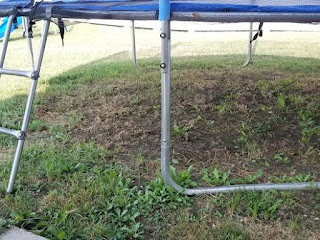Erosion and Sediment Control Tip #25

Polyacrylamide can be used in different forms to flocculate suspended soil particles and reduce turbidity. One such form is a polymer block or log which is used in channelized flows or other concentrated flows. These can be used in flows that are gravity fed or created by pumping or other mechanical devices. Polymer logs are solid forms that slowly release polymer into the water stream binding sediment through flocculation. It is very important to understand how to properly use this type of flocculant to set up correct application for desired treatment. Here are a few suggestions offered by Seva Bray of Applied Polymer Systems, Inc. Site specific testing is always suggested to ensure the correct log is selected that will meet NTU, TSS, and other discharge limits. (Reaction time is also found from the sample and this will determine treatment time needed before discharge) Polymer logs must be placed directly in the flow of water so there is full contact betwe



